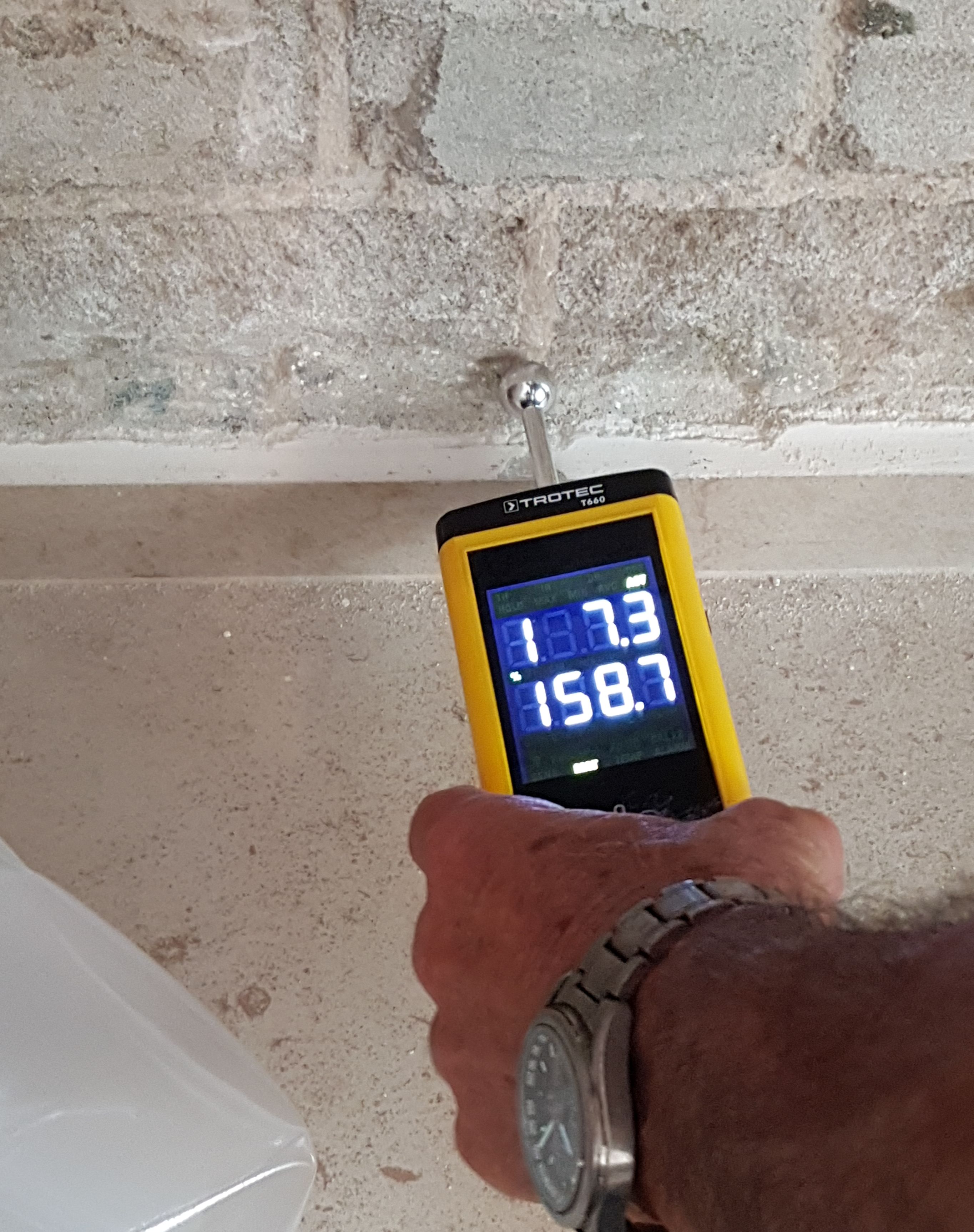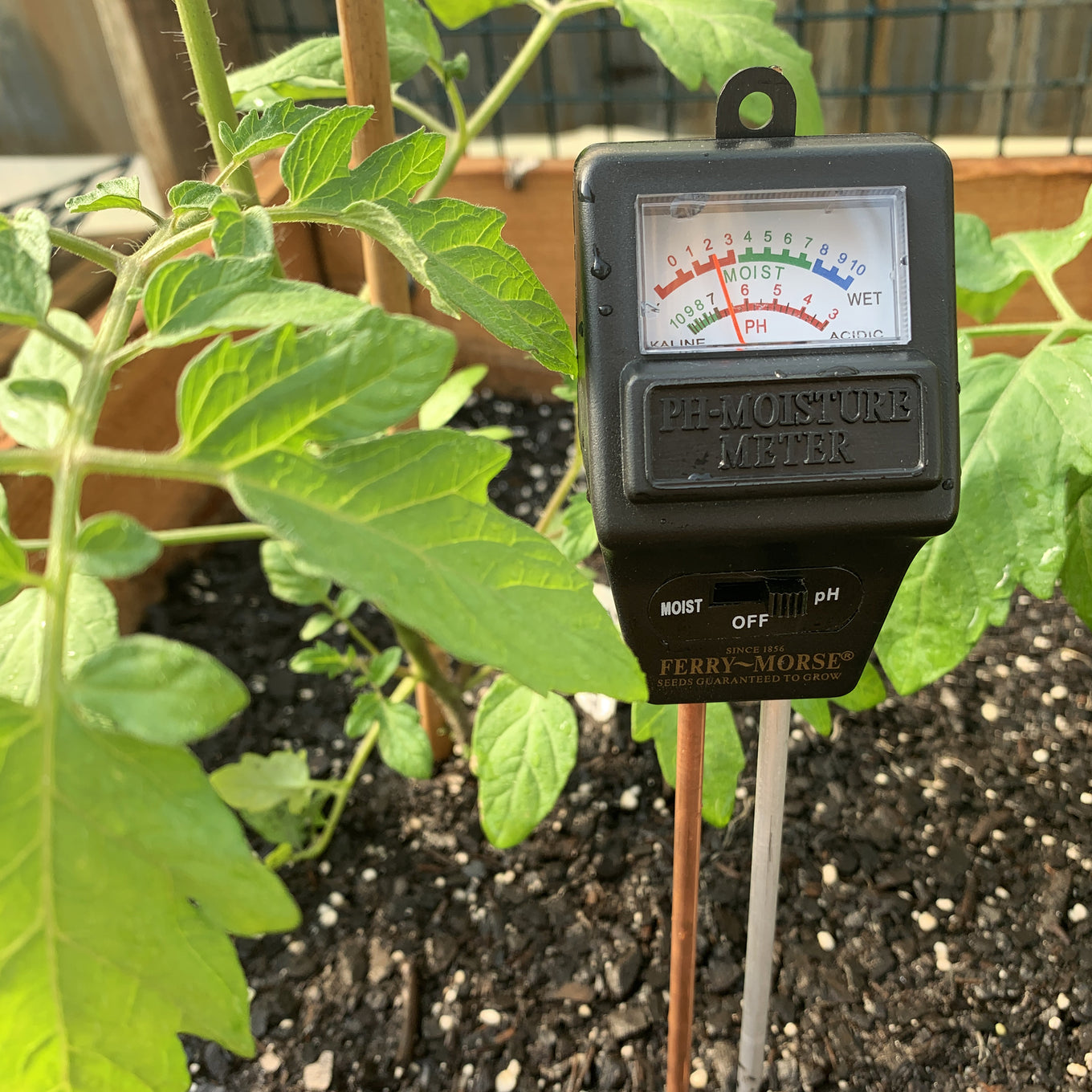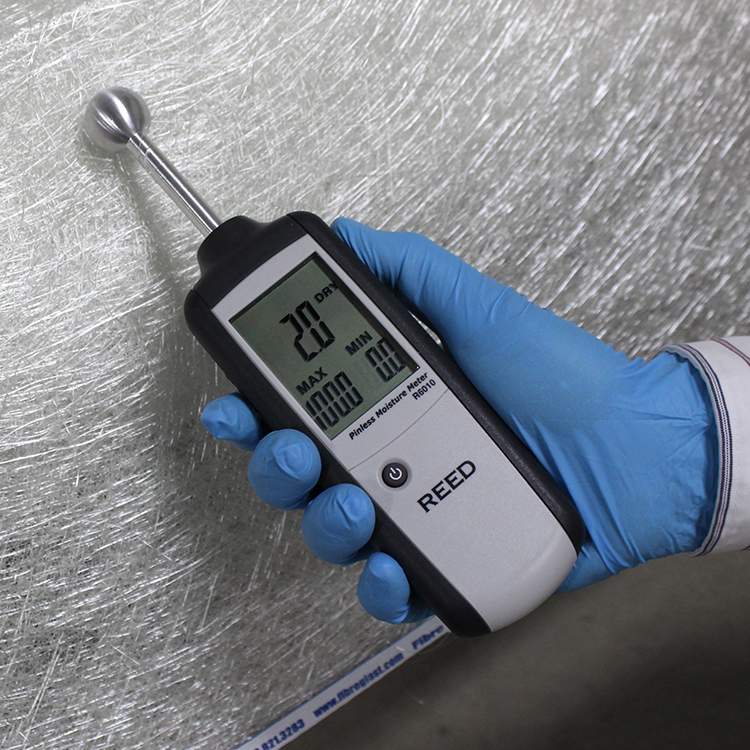The Scientific Research Behind Moisture Meters: How They Function and Why They're Crucial
The Scientific Research Behind Moisture Meters: How They Function and Why They're Crucial
Blog Article
Recognizing the Relevance of a Moisture Meter in Preventing Mold and Water Damages in Your Home
In the world of home upkeep, the existence of wetness can typically be a silent yet powerful adversary, qualified of triggering prevalent mold growth and dangerous water damage if left untreated. Understanding the significance of a wetness meter in this fight is not simply an option yet a strategic necessity.
Significance of Moisture Detection
Reliable moisture discovery techniques are important for safeguarding residential properties and stopping possible mold and mildew growth and water damages. Dampness can seep into numerous structure products, bring about architectural concerns and health and wellness risks. By utilizing a wetness meter, homeowner can proactively identify areas vulnerable to excess moisture, enabling timely intervention and mitigation methods.
Moisture meters provide accurate analyses of wetness degrees in different materials such as drywall, wood, and concrete. This information aids in determining locations of problem, even in covert or hard-to-reach places. Early detection of moisture buildup allows timely repair services or changes to stop further damages.

Exactly How Moisture Meters Job
Wetness meters play a critical duty in the proactive recognition of excess dampness, aiding in the prevention of possible mold development and water damage by providing accurate analyses of dampness degrees in various building materials. These tools work based on different principles, relying on their type. Moisture Meter. Pin-type dampness meters, for circumstances, have two pins that pass through the product to gauge the electrical resistance between them. When wetness exists, it enhances the material's conductivity, bring about a reduced resistance reading. Pinless wetness meters, on the various other hand, use electromagnetic sensing units to scan the product without creating damage. These sensing units release electromagnetic signals that pass through the product and measure the dielectric residential properties, showing moisture material. Some advanced wetness meters integrate both pin and pinless technologies for detailed moisture discovery. Comprehending exactly how moisture meters function is crucial for timely and precise dampness level assessments, making it possible for efficient preventative procedures versus mold and water damages.
Finding Early Caution Signs
Upon preliminary evaluation of a property, recognizing refined indicators of excess dampness comes to be important in the early detection of possible mold and mildew growth and water damages. Water stains can indicate leakages or infiltration, while peeling off paint or wallpaper might be a result of wetness compromising the attachment of these products to the surface. Furthermore, a boost in allergy symptoms or respiratory system issues amongst occupants may recommend the visibility of mold due to excess moisture.
Protecting Against Mold And Mildew Growth
Identifying very early warning indications of excess dampness within a residential or commercial property not only allows punctual discovery of possible mold development and water damages but likewise offers as a proactive step in look at these guys avoiding the expansion of mold. To effectively avoid mold and mildew development, it is essential to attend to any type of resources of wetness quickly.
Along with dealing with moisture sources, keeping indoor moisture degrees listed below 60% can dramatically prevent mold and mildew growth. Appropriate air flow, adequate insulation, and using air conditioning system or fans can aid regulate indoor moisture degrees. Monitoring wetness degrees in locations vulnerable to dampness, such as basements and creep areas, making use of a dampness meter can also aid in very early discovery of elevated wetness degrees and potential mold and mildew development. By taking aggressive steps to avoid excess wetness and mold growth, house owners can safeguard their property and interior air top quality.
Advantages of Normal Tracking
Normal tracking of wetness degrees in a building can play a crucial role in maintaining a healthy and balanced interior setting and preventing potential mold and water damage. By frequently inspecting dampness levels, property owners can spot any type of problems quickly and take essential actions to stop mold and mildew growth and water damage. One of the vital advantages of normal surveillance is early detection. By identifying and resolving high moisture degrees at an early stage, house owners can interfere prior to mold and mildew has the chance to establish and spread out. This positive strategy can save both time and money in the future by avoiding substantial mold remediation and repair service costs.
Furthermore, regular monitoring permits see here now property owners to track patterns and trends in wetness degrees over time. Inevitably, the regular monitoring of moisture levels empowers home owners to safeguard their property, secure their health, and protect the honesty of their interior setting.

Final Thought

By making use of a moisture meter, residential property owners can proactively identify locations prone to excess dampness, allowing for prompt treatment and reduction methods.

Keeping track of wetness degrees in areas susceptible to moisture, such as cellars and crawl spaces, utilizing a moisture meter can also aid in very early discovery of raised moisture levels and potential mold and mildew development. (Moisture Meter)
Report this page